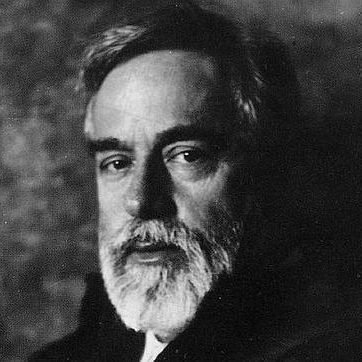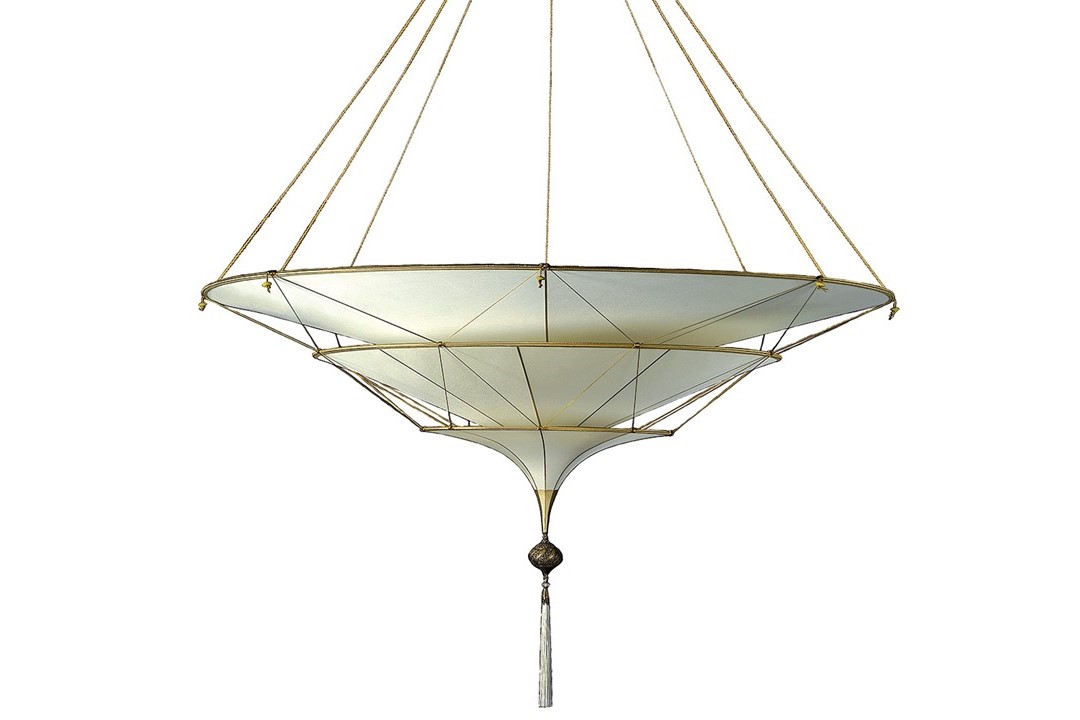
With his multitude of talents and interests, Mariano Fortuny perfectly embodied the Wagnerian concept of the total work of art, a doctrine underlying all his inventions that were unique combinations of styles and influences drawn upon the past or distant cultures and places but made with the latest and most innovative technologies. Although he was mainly known for his high fashion garments and his fabrics, he was also a painter, etcher, photographer, set designer, creator of electric lamps and furnishing and a theatrical lighting revolutionary. From 1901 to 1934, he registered more than 20 patents in Paris, including the design of the Delphos gown, which he attributed to his wife and muse Henriette Negrin, met in the French capital in 1902, and a new method of printing on textiles he had invented.

